Penny Mac Hydrangea
$49.50 Original price was: $49.50.$34.65Current price is: $34.65.
- Free Shipping over $25
- Fast & reliable delivery options
- Enjoy top quality items for less
- Multiple safe payment methods

Every year it seems that we have new varieties of plants on offer. These are always interesting, and often significant improvements on existing varieties. But sometimes the best choice is an established plant that has stood the test of time – a real work-horse, that will do its job in the garden with ease and vigor. A plant that conforms to our mental picture of its type – and is all the better for that.
When it comes to Mophead Hydrangeas, we all think of a big, rounded bush, covered in medium-sized to large rounded flower-heads, in shades of blue or pink. That is exactly what you get with the Penny Mac Hydrangea – plus the important ability to flower even in cold areas when the branches are killed to the ground.
Growing Penny Mac Hydrangeas
When we want to bring color to our gardens in late summer and into fall, especially in those inevitable shady spots, nothing beats the Mophead Hydrangea. These plants have been grown for more than 100 years in gardens, and they remain reliable backbone plants, especially for shady spots, and for late summer color. Just as most of your other plants are finishing blooming, the young, pale-green blooms of the hydrangea will be seen. As they develop, they become either pink, or light blue, depending on your soil.
Size and Appearance
The Penny Mac Hydrangea is a fast-growing shrub, that will soon reach its maximum height of 4 to 6 feet tall, depending on how it is pruned. It will be 3 or 4 feet wide, making a full, rounded plant, with leaves right to the ground. The deciduous leaves are large, six or more inches long and across, thick, and mid-green in color. There are soft serrations along the margin of the leaf. The stems are sturdy, brown with shedding bark low down, and green with brown markings when young.
The flowers are small and flattened, but gathered together in large, dome-shaped heads that are 8 inches or more across. These develop at the end of the leafy stems, and they begin with green flowers, which gradually color as the dome grows and expands. Flowers remain colored for weeks, fading to an attractive soft-brown as they age. The flower stems can be cut at any stage, but especially after the color fades, and hung upside down to dry. They make attractive dried-flower arrangements.
Soil Conditions
The Penny Mac Hydrangea grows best in rich, moist soil. Add plenty of organic material when planting, mulch the root-zone in spring and water frequently. It will not grow well in water-logged soil, so plant in a well-drained spot. It grows well in partial or full-shade, but not so well in the dense shade directly beneath evergreens. Among Mophead Hydrangeas, Penny Mac is special, and unusual, because it flowers on both old and new wood. This means that in colder areas, where the branches are killed to the ground in winter, it will still bloom – just a little later in the season.
A very interesting thing about most varieties of hydrangea, including the Penny Mac Hydrangea, is that the flower color is influenced by the acid/alkaline balance of your soil. In acid soils, with a pH 5.5. or less, they will be a bright, true blue. With a pH over 6.5, they will be a beautiful soft pink. If your soil is between these values, the flowers may be purple-blue or purple-pink, sometimes on the same bush.
Some gardeners go to great lengths to produce blue hydrangeas, but if your soil is alkaline, this is rarely successful. The simplest way is to place your plant in a large pot, using potting soil for acid-loving plants. Feed regularly, according to directions, with a fertilizer sold specifically for ‘bluing’ hydrangeas. This is almost always successful. If your water is hard, try to use rain-water for your blue hydrangea.
Care and Maintenance
In zone 4, cover the base of the plant with peat moss shorty before the ground freezes, and remove this after the snow has gone. In late winter or early spring, prune your bushes carefully. Remove all dead and weak branches completely. Trim back the remaining branches to 12 to 18 inches, cutting just above a pair of strong buds.
In cold areas, simply remove all dead branches, allowing the new buds at the base of the plant to grow. Mulch around the plants with compost or some other rich organic material after pruning. This is all the care needed to have healthy plants full of flowers.
History and Origins of the Penny Mac Hydrangea
The Mophead Hydrangea (Hydrangea macrophylla) originated in China and Japan. This classic garden plant has been popular for many decades for it large and beautiful flower clusters. The Penny Mac Hydrangea was originally an un-named plant given as a gift to Mrs. Penny McHenry, of Atlanta, Georgia. She was the founder of the American Hydrangea Society. Dr. Michael A. Dirr thought it was so attractive and useful, that he named it after her, publicized it, and encouraged nurseries to offer it to gardeners everywhere. Our plants are grown from stem pieces that are identical in every way to that original plant, and they will perform as well for you as they did for Mrs. McHenry.
Buying Penny Mac Hydrangeas at The Tree Center
Blue or pink, these plants are always beautiful, glowing in profusion in the shade, and bringing vibrant color to your summer and fall garden. At the Tree Center we sell many hydrangeas, and our stock is usually limited. Order this classic hydrangea while our stocks last – as they will soon be gone! If you like this plant then make sure to check out other popular varieties that we stock, like the Pistachio Hydrangea and the Nikko Blue Hydrangea.
Be the first to review “Penny Mac Hydrangea” Cancel reply
Related products
Boxwood Shrubs
Lilacs
Hydrangeas
Rhododendron
Hydrangeas
Shrubs and Hedges
Other Shrubs & Hedges
Hydrangeas

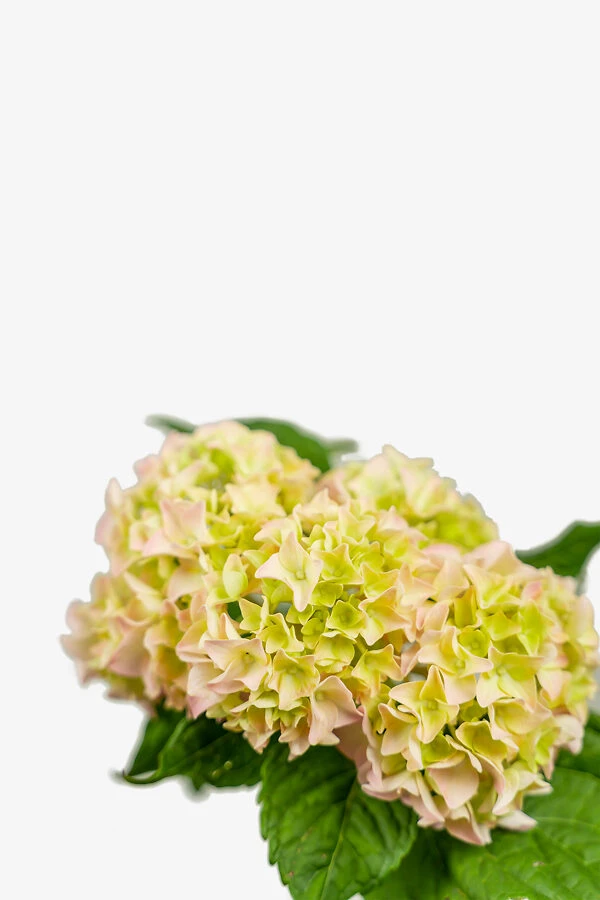
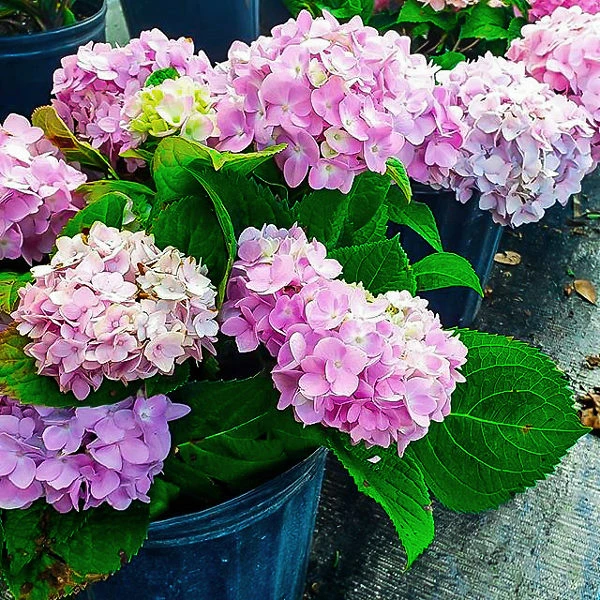
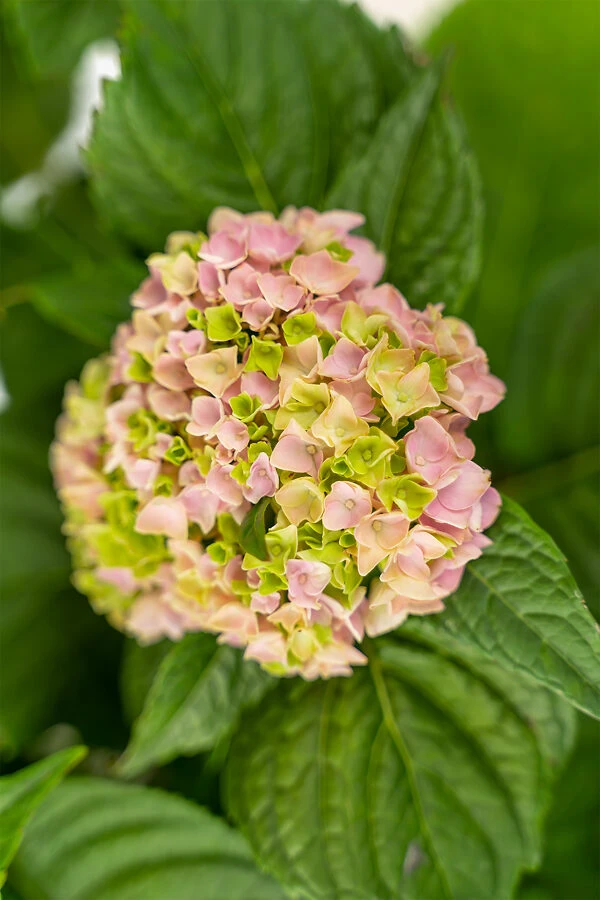
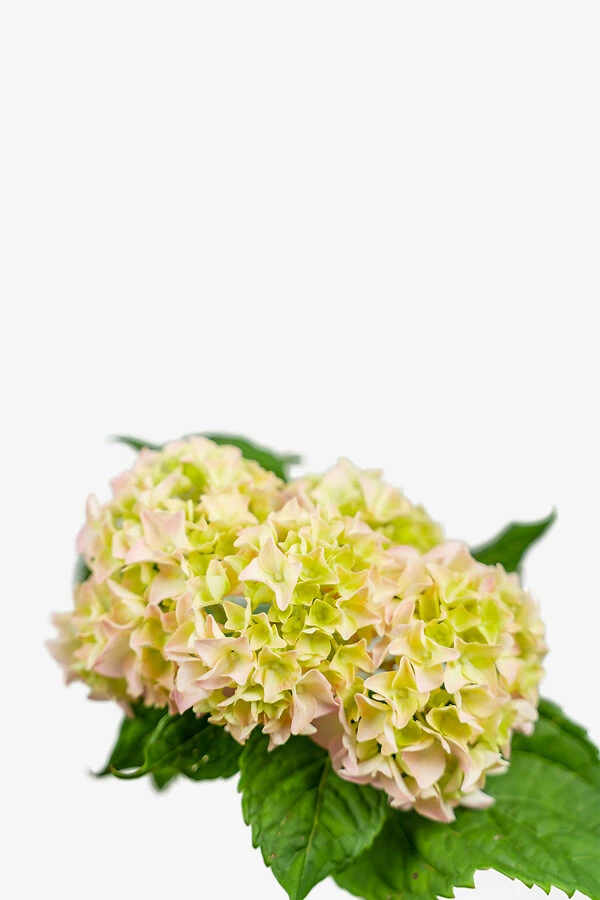
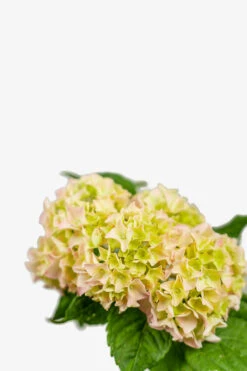

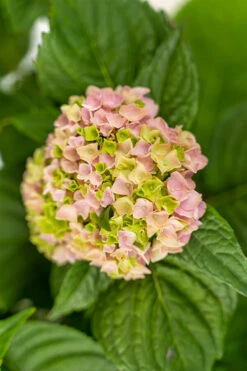

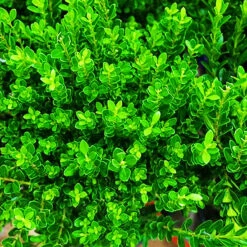


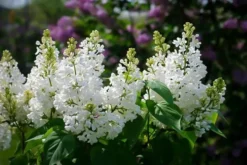

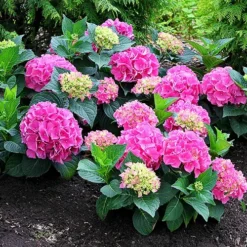
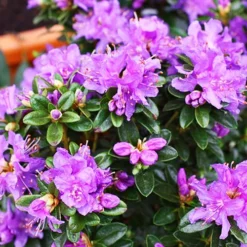
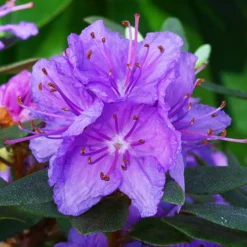
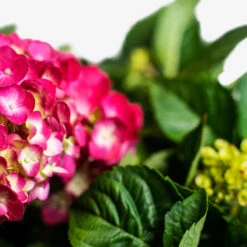
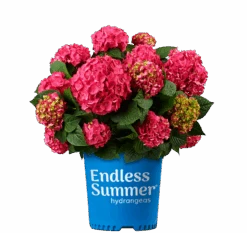
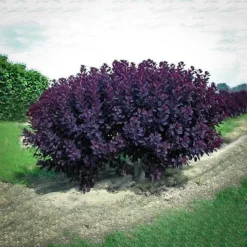
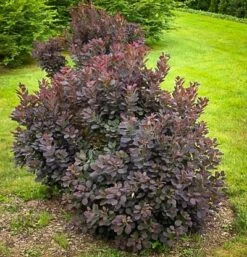
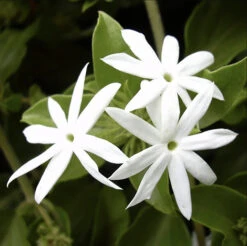
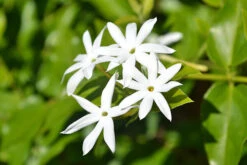


Reviews
There are no reviews yet.